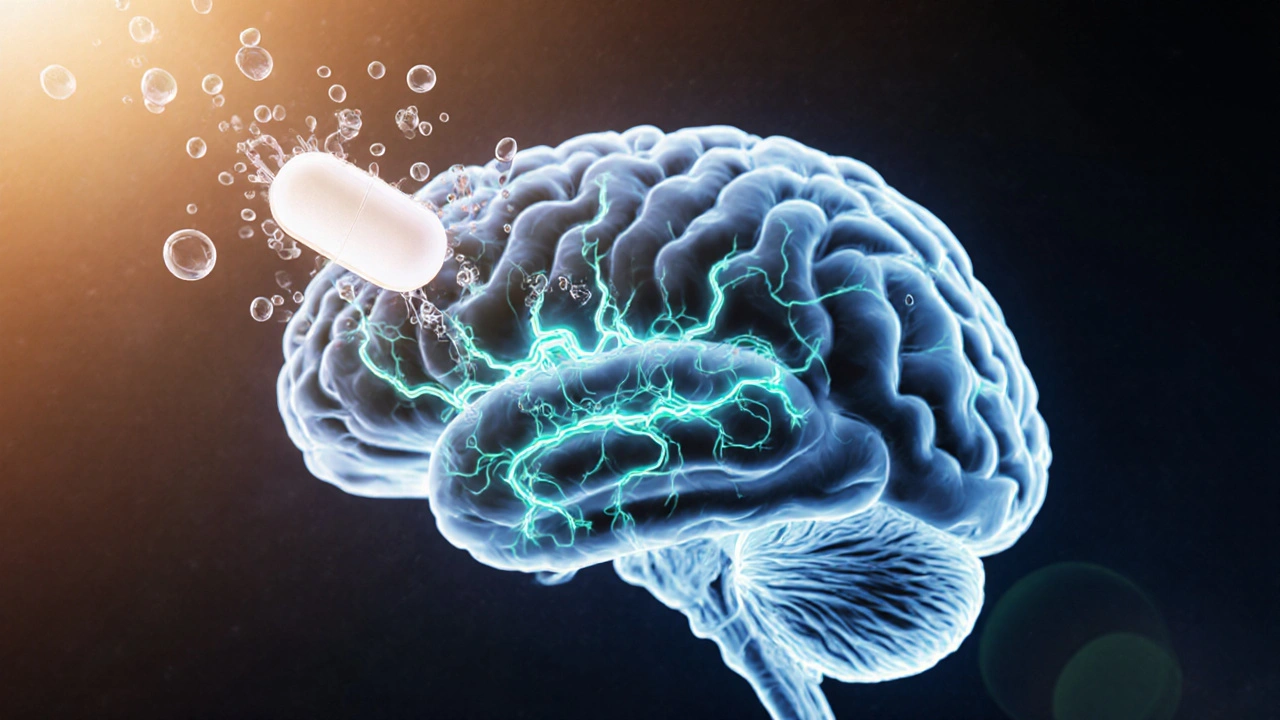Mental Health Meds – Essential Overview
When talking about Mental health medications, drugs prescribed to treat conditions such as depression, anxiety, bipolar disorder, and schizophrenia. Also known as psychiatric drugs, they play a key role in everyday mental wellness management.
These medications are grouped into several drug classes. The first major class is antidepressants, agents that boost mood by altering serotonin, norepinephrine, or dopamine pathways. Next, anxiolytics, substances that calm the nervous system, often by enhancing GABA activity. antipsychotics, drugs that target dopamine receptors to reduce psychotic symptoms form another vital group. Finally, mood stabilizers, medications that smooth out extreme mood swings in bipolar disorder round out the core categories.
How the Classes Connect
Mental health medications encompass antidepressants, anxiolytics, antipsychotics, and mood stabilizers. Each class requires a proper diagnosis and ongoing monitoring, so they often intersect in treatment plans. For instance, a patient with major depressive disorder may start on an antidepressant, then add an anxiolytic if anxiety spikes. Antipsychotics can be part of a regimen for treatment‑resistant depression, while mood stabilizers are essential when mood swings become severe.
Understanding how these drug families work helps you spot potential interactions. Antidepressants influence serotonin pathways, which can amplify the calming effect of anxiolytics. Anxiolytics reduce GABA activity, making them useful for short‑term stress relief but risky if combined with other depressants. Antipsychotics block dopamine receptors, and that action can sometimes clash with the stimulant effects of certain antidepressants. Mood stabilizers often modulate both sodium and calcium channels, offering a stabilizing effect that can complement any of the other classes.
Choosing the right medication isn’t just about the chemistry; it’s also about patient lifestyle, age, and co‑existing health issues. Older adults may need lower doses of antipsychotics due to sensitivity to side effects. Young adults with anxiety might prefer an anxiolytic with a short half‑life to avoid dependence. People with kidney or liver problems require careful dose adjustments for many antidepressants and mood stabilizers.
Safety tips apply across the board. Always verify the prescribing doctor’s credentials, especially when buying online. Look for licensed pharmacies that require a valid prescription—this protects you from counterfeit pills that can be dangerous. Keep a medication list and share it with every health professional you see; this reduces the risk of harmful drug‑drug interactions.
Cost is another factor that links all the classes. Generic versions of antidepressants and anxiolytics can save you a lot, but not every drug has a cheap counterpart. For brand‑only antipsychotics, patient assistance programs may help. Mood stabilizers like lithium are inexpensive, yet they need regular blood monitoring, which adds indirect costs.
In the sections below you’ll find practical guides on specific meds such as Zoloft, Zyrtec, and Clomid, plus side‑by‑side comparisons, buying tips, and safety checklists. Whether you’re looking for a cheap generic option or want to understand how different classes interact, the articles ahead will give you clear, actionable information.
